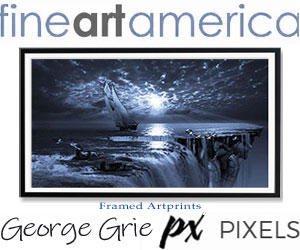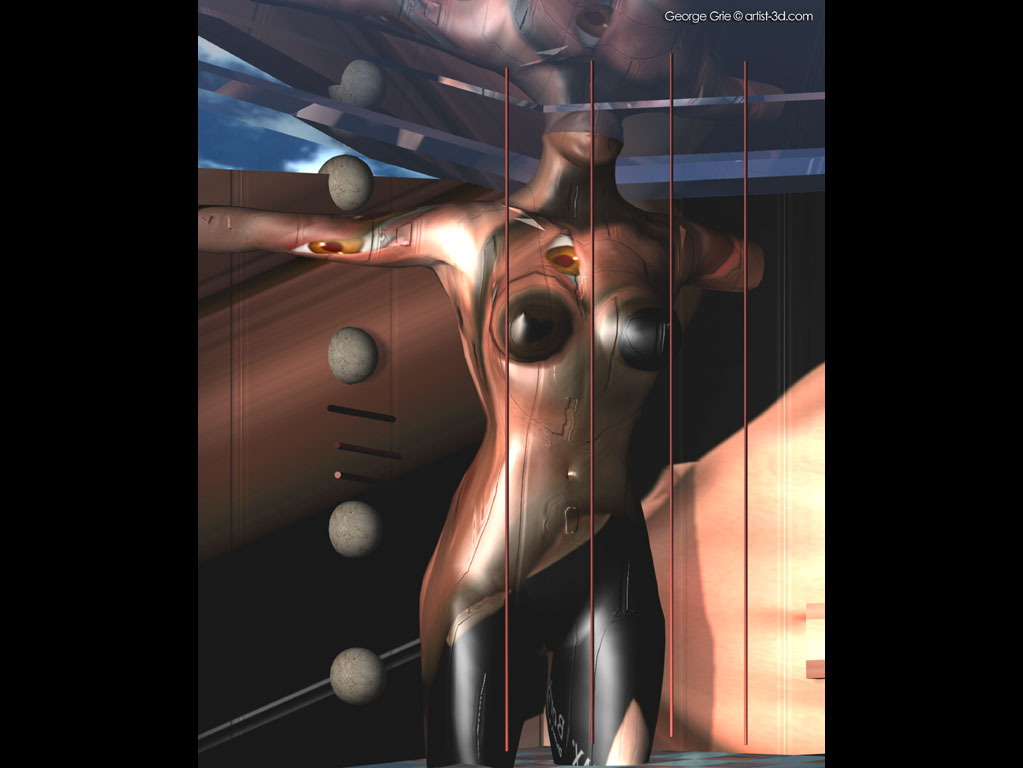· Home |
· CoverArt |
· Paintings |
· PrintShop |
· NFTs |
· Licensing |
· Contact |
| NeoSurrealismArt.com Neo-surrealism Art Gallery - official website of the popular computer graphic artist George Grie. The gallery presents iconic modern surrealist dreams such as dark gothic, inspirational romanticism, famous digital surrealism artworks, and fine-art paintings. Giclee prints and posters, limited editions, desktop wallpapers, and framed art pictures for sale.
• Publications • Art prints & posters • BookStore • Biography • Interviews • Manifesto • Chronological Index |
 |
| page 1 · 2 · 3 · 4 · 5 · 6 · 7 · 8 · 9 · 10 ... |

Modern Art digital software: free 3d wallpaper software downloads. Electra surreal fantasy arts 3d shareware digital wallpaper.
| |||||||||||||||||||||||||||||||||||||||||||||||||||||||||
MANIFESTO OF SURREALISM MOVEMENT by famous surrealist artist Andre Breton || 18 pages |
||||||||||||||||||
page # |
||||||||||||||||||
"The following day I awoke at an early hour. It was still dark. My eyes had been open for a long time when I heard the clock in the apartment above strike five. I wanted to go back to sleep, but I couldn't; I was wide awake and a thousand thoughts were crowding through my mind. "Suddenly a few good fragments came to mind, quite suitable to be used in a rough draft, or serialized; all of a sudden I found, quite by chance, beautiful phrases, phrases such as I had never written. I repeated them to myself slowly, word by word; they were excellent. And there were still more coming. I got up and picked up a pencil and some paper that were on a table behind my bed. It was as though some vein had burst within me, one word followed another, found its proper place, adapted itself to the situation, scene piled upon scene, the action unfolded, one retort after another welled up in my mind, I was enjoying myself immensely. Thoughts came to me so rapidly and continued to flow so abundantly that I lost a whole host of delicate details, because my pencil could not keep up with them, and yet I went as fast as I could, my hand in constant motion, I did not lose a minute. The sentences continued to well up within me, I was pregnant with my subject." Apollinaire asserted that Chirico's first paintings were done under the influence of cenesthesic disorders (migraines, colics, etc.).) Completely occupied as I still was with Freud at that time, and familiar as I was with his methods of examination which I had some slight occasion to use on some patients during the war, I resolved to obtain from myself what we were trying to obtain from them, namely, a monologue spoken as rapidly as possible without any intervention on the part of the critical faculties, a monologue consequently unencumbered by the slightest inhibition and which was, as closely as possible, akin to spoken thought. It had seemed to me, and still does -- the way in which the phrase about the man cut in two had come to me is an indication of it -- that the speed of thought is no greater than the speed of speech, and that thought does not necessarily defy language, nor even the fast-moving pen. It was in this frame of mind that Philippe Soupault -- to whom I had confided these initial conclusions – and I decided to blacken some paper, with a praiseworthy disdain for what might result from a literary point of view. The ease of execution did the rest. By the end of the first day we were able to read to ourselves some fifty or so pages obtained in this manner, and begin to compare our results. All in all, Soupault's pages and mine proved to be remarkably similar: the same overconstruction, shortcomings of a similar nature, but also, on both our parts, the illusion of an extraordinary verve, a great deal of emotion, a considerable choice of images of a quality such that we would not have been capable of preparing a single one in longhand, a very special picturesque quality and, here and there, a strong comical effect. The only difference between our two texts seemed to me to derive essentially from our respective tempers. Soupault's being less static than mine, and, if he does not mind my offering this one slight criticism, from the fact that he had made the error of putting a few words by way of titles at the top of certain pages, I suppose in a spirit of mystification. On the other hand, I must give credit where credit is due and say that he constantly and vigorously opposed any effort to retouch or correct, however slightly, any passage of this kind which seemed to me unfortunate. In this he was, to be sure, absolutely right.* (I believe more and more in the infallibility of my thought with respect to myself, and this is too fair. Nonetheless, with this thought-writing, where one is at the mercy of the first outside distraction, "ebullutions" can occur. It would be inexcusable for us to pretend otherwise. By definition, thought is strong, and incapable of catching itself in error. The blame for these obvious weaknesses must be placed on suggestions that come to it from without.) It is, in fact, difficult to appreciate fairly the various elements present: one may even go so far as to say that it is impossible to appreciate them at a first reading. To you who write, these elements are, on the surface, as strange to you as they are to anyone else, and naturally you are wary of them. Poetically speaking, what strikes you about them above all is their extreme degree of immediate absurdity, the quality of this absurdity, upon closer scrutiny, being to give way to everything admissible, everything legitimate in the world: the disclosure of a certain number of properties and of facts no less objective, in the final analysis, than the others. In homage to Guillaume Apollinaire, who had just died and who, on several occasions, seemed to us to have followed a discipline of this kind, without however having sacrificed to it any mediocre literary means, Soupault and I baptized the new mode of pure expression which we had at our disposal and which we wished to pass on to our friends, by the name of SURREALISM. I believe that there is no point today in dwelling any further on this word and that the meaning we |
||||||||||||||||||
| page 1 · 2 · 3 · 4 · 5 · 6 · 7 · 8 · 9 · 10 ... |
Modern Romantic Surrealist Artist· Gothic Surrealism Art Poster Prints · Surreal Limited Editon Pictures & Books |